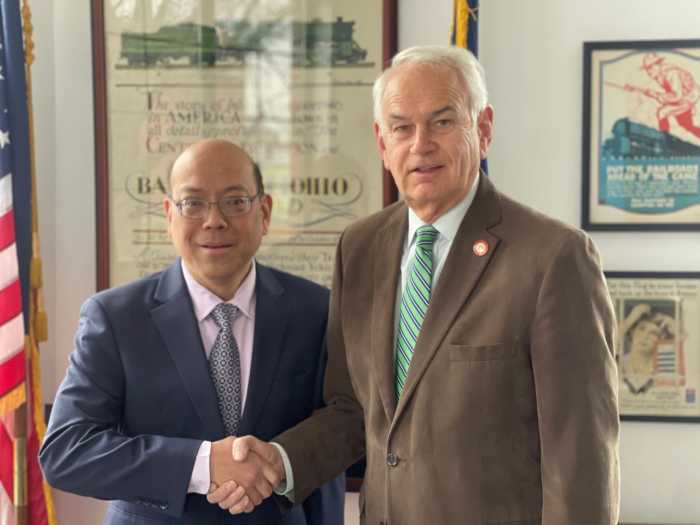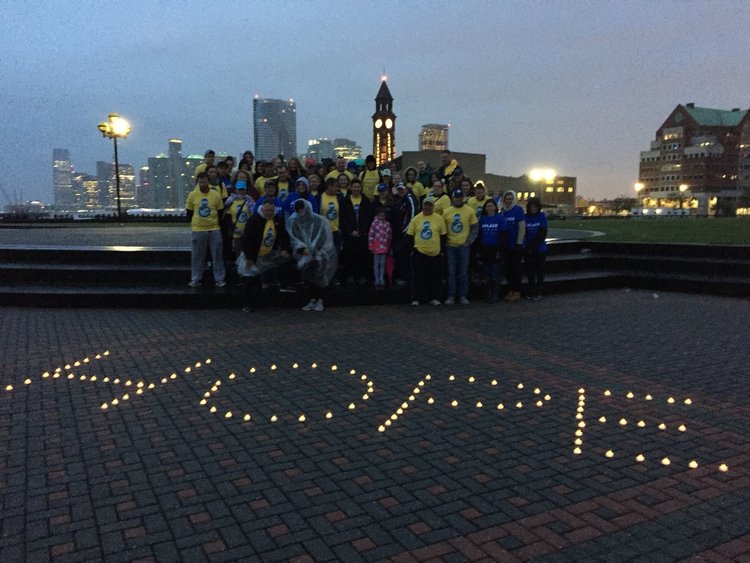By Kenneth Kowald
This was the original plan in 1902: You and your party got off the ferry in Long Island City. In your chauffeured car you could barrel along the new motor parkway without worrying about policemen or pedestrians getting in the way. For a fee, the private road would take you to Riverhead, L.I., and along the way you could stop for refreshments and fuel your car at specially designed buildings.
It did not work out quite that way, but the Long Island Motor Parkway, thanks to William K. Vanderbilt and his friends, became a marvel though not quite as long as planned and not quite as easy to get to as rolling off a ferry. In fact, you could not get there from Queens until a decade before the road’s demise, when a link was made into Nassau County. You can see and use part of that link today, but not in an automobile.
Willie K and his friends tried again when they incorporated as the Long Island Motor Parkway in 1906. The first stretch of road opened in October 1908. By June 1912, cars could travel approximately 43 miles from Rocky Hill Road, now Springfield Boulevard, to Lake Ronkonkoma, which became the Eastern terminus.
The toll road led the way for future roads by introducing reinforced concrete, bridges to eliminate grade crossings, banked curves, guard rails and landscaping. All of them were pioneered on the Long Island Motor Parkway.
Although there were no amenities on the road itself, the corporation built the Petit Trianon Restaurant at the Ronkonkoma exit. It opened in June 1911 and, in addition to its restaurant and catering facilities, had 30 bedrooms. It was taken over by others in later years. By the time a fire in January 1958 destroyed it, it had been vacant for many years.
The Motor Parkway was extended west to Nassau Boulevard, now Horace Harding Boulevard, in 1926. With the Commack Spur Road, the Parkway’s final measurement was more than 47 miles. Its peak year of operation was 1929, when 175,000 visitors were counted at the toll booths that marked the entrances and exits. There were two such lodges in Queens, at Nassau Boulevard and Rocky Hill Road, some 600 feet east of Springfield Boulevard.
But the toll road could not compete with the free Northern State Parkway, which opened in 1933. It was sold to New York City and Nassau and Suffolk counties for $80,000 in lieu of payment for back taxes. It closed on Easter Sunday 1938.
Interestingly, in 1935 the Queens Chamber of Commerce proposed building a monorail along the Motor Parkway right of way.
Another chamber of commerce, in Garden City, L.I., rescued one of the handsome toll houses — which had living quarters for the toll taker and his family — restored it in 1989 and had it moved to Seventh Street. The chamber uses the building as its office and maintains a small museum of Parkway images and memorabilia.
In Queens, the remnants of the Parkway may be seen in two bridges at 73rd Avenue and 199th Street and near Union Turnpike, spanning Hollis Hills Terrace. A greenway, narrowly linking Cunningham and Alley Pond parks, is used by walkers, joggers and bicyclists and is known as the Queens Bicycle Path. Thanks to the efforts of the Friends of Cunningham Park, this lovely green right of way is on the New York State Register of Historic Places.
To mark the 100th anniversary of the first use of the Parkway, Arcadia Publishing put out “The Long Island Motor Parkway” by Howard Kroplick and Al Velocci, both active volunteers with the Suffolk County Vanderbilt Museum and the Long Island Motor Parkway Panel. You can find out more about the Parkway Panel on the Internet.
It is a well-written work that brings to life the people and times of this great undertaking. It is good to know a little bit of it exists in Queens to be used and cherished.


































